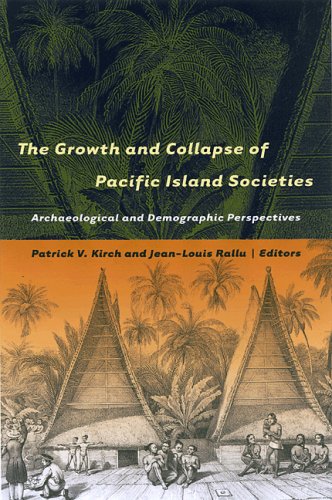

Most ebook files are in PDF format, so you can easily read them using various software such as Foxit Reader or directly on the Google Chrome browser.
Some ebook files are released by publishers in other formats such as .awz, .mobi, .epub, .fb2, etc. You may need to install specific software to read these formats on mobile/PC, such as Calibre.
Please read the tutorial at this link: https://ebookbell.com/faq
We offer FREE conversion to the popular formats you request; however, this may take some time. Therefore, right after payment, please email us, and we will try to provide the service as quickly as possible.
For some exceptional file formats or broken links (if any), please refrain from opening any disputes. Instead, email us first, and we will try to assist within a maximum of 6 hours.
EbookBell Team

0.0
0 reviewsRather than rehash old data and arguments about the validity of explorers' or missionaries' accounts, the contributors to this volume offer a series of case studies grounded in new empirical data derived from original archaeological fieldwork and from archival historical research. Various methods are advanced for estimating local and regional population sizes as well as tracing the long-term trajectories of population change in island societies. These approaches include the application of precontact household and settlement archaeology and estimates of agricultural production. Case studies are presented for the Hawaiian Islands, Mo`orea, the Marquesas, Tonga, Samoa, the Tokelau Islands, New Caledonia, Aneityum (Vanuatu), and Kosrae. They show the capacity of island populations to grow rapidly in the environmental conditions of Remote Oceania and to achieve high population densities. Such levels were closely associated with social, political, and economic transformations. Following contact with the West and the introduction of diseases for which island populations typically had little or no resistance, populations often collapsed, with major consequences for their societies.
As the contributors demonstrate, the long-term demographic histories of Pacific Islands are of fundamental importance for understanding how island societies grew, developed, came into equilibrium or disequilibrium with their environments, and ultimately responded to the new challenges of contact with the West. This volume offers a fresh look at a critical topic in Pacific studies. It will be of interest to scholars in the fields of anthropology, archaeology, history, ethnic studies, demography, and sociology.